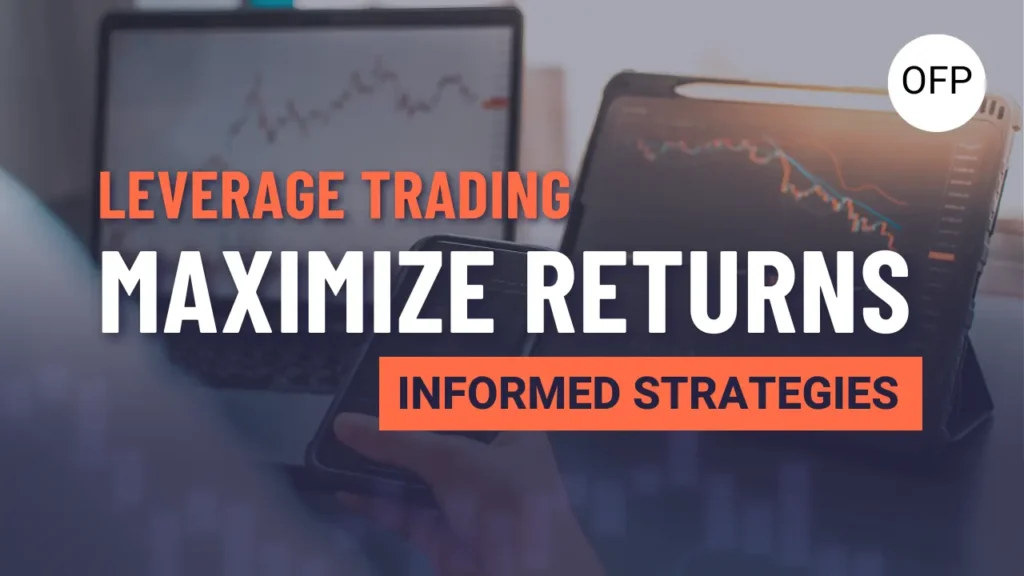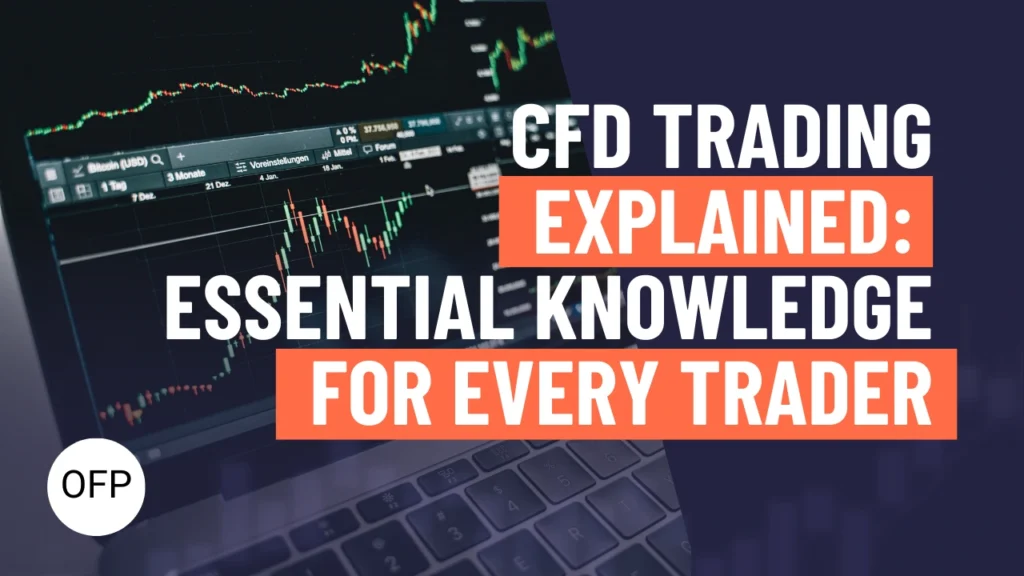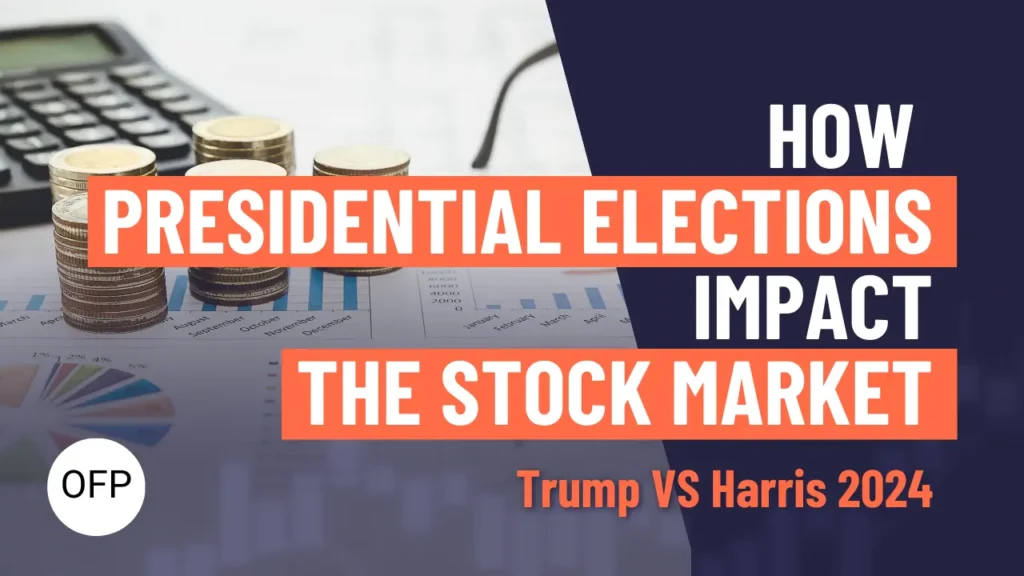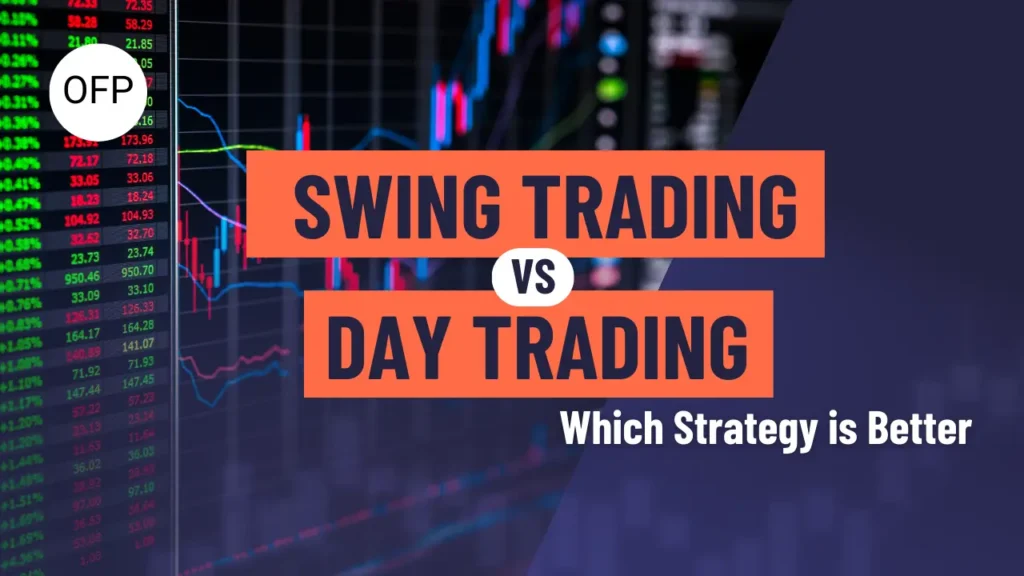Leverage Trading for Beginners: A Comprehensive Guide
- October 30, 2024
- Post Views: 192


Table of Contents
Leverage Trading: Definition
Leverage Trading: A short History
Take Your Trading to New Heights!
Join OFP Prop Firm and Access Leverage Ratios Up to 1:100
How Leverage Trading Works
Pros of Leverage Trading
- Amplified Returns: Leverage multiplies returns, enabling significant profit from smaller price movements.
- Capital Efficiency: Leverage lets traders hold larger positions without committing their full capital, freeing up funds for other investments.
Cons of Leverage Trading
- Increased Risk: Losses are equally amplified, which can result in losing more than the initial capital.
- Margin Calls: When losses accumulate, prop firms or brokers may require additional funds to cover positions, which can catch traders off guard.
Strategies for Success in Leverage Trading
Ready to Trade Like a Pro?
Start Trading with OFP's Advantageous Leverage Options and Low Margin Requirements!
Risks of Leverage Trading: How to avoid Them
Conclusion: Leverage Trading - Ally or Adversary?
Leverage trading is an effective tool that allows traders to get greater positions with barely any initial investment. Leverage trading is quite appealing to people looking to optimize their profits because of its capacity to increase returns. But it’s crucial to understand that these increased profits also come with increased dangers, which emphasizes how crucial good risk management techniques are. Understanding margin limits, maintaining minimum account balances, and implementing stop-loss orders are critical to success for traders. By balancing ambition with caution, leverage trading can yield strong returns while reducing the risk of significant losses. For those prepared to handle its challenges, leverage trading offers a flexible approach to capitalize on market opportunities and achieve substantial financial goals.
Are You Ready to Skip the Time Consuming Challenges
and Dive Right into Trading With an Instantly Funded Account?
and customize
your Instant Funded account today!
Want to Trade with the Best Conditions in the Market? Get an Instantly Funded Account with OFP and enjoy immediate access to the capital, without any challenge or verification phase to pass
If you found this post valuable, please share it with a friend and subscribe to our blog/Youtube channel for more insights.
Get the Latest Updates and receive Incredibles Discounts.
Are You Ready to Skip the Time Consuming Challenges
and Dive Right into Trading With an Instantly Funded Account?
and customize
your Instant Funded account today!










 CLAIM BEST 80% ACCOUNT MODEL: NO CHALLENGE, JUST INSTANT FUNDING
CLAIM BEST 80% ACCOUNT MODEL: NO CHALLENGE, JUST INSTANT FUNDING